The best cookware for frying is typically made from cast iron or stainless steel. These materials offer excellent heat retention and durability for consistent cooking results.
Selecting the right cookware for frying can significantly impact your cooking experience and the quality of your meals. Cast iron pans are renowned for their superior heat retention and even heating, making them ideal for achieving that perfect sear on meats and vegetables.
Stainless steel pans, on the other hand, are favored for their non-reactive nature and versatility, working well for a variety of frying tasks without altering the flavor of your food. Both options are durable and can withstand the high temperatures required for frying. For those seeking a lighter option, anodized aluminum pans with a non-stick coating can be a good alternative, as they provide easy food release and require less oil. Remember, the key to successful frying lies not only in the cookware you choose but also in maintaining the right temperature and using quality ingredients.
Introduction To Frying Cookware
Welcome to the world of frying cookware. Here, we explore the best tools for making your favorite fried dishes. Whether you love crispy chicken or golden fries, the right cookware can make all the difference. Let’s dive into what makes some pans better than others for frying.
The Importance Of Quality Cookware
Good cookware is key for perfect frying. It ensures food cooks evenly. This means no burnt edges or raw middles. Quality pans also last longer. They withstand high heat without warping or wearing out. Plus, they’re safer. They reduce the risk of accidents in the kitchen.
Criteria For Selecting The Best Frying Tools
- Material: Look for durable materials like stainless steel or cast iron.
- Heat Distribution: Even heat means even cooking. Good pans spread heat well.
- Size and Depth: Choose pans that fit your cooking needs. Deep pans are great for deep frying.
- Handle Comfort: A comfortable handle makes cooking easier and safer.
- Easy to Clean: Non-stick surfaces or dishwasher-safe options save time.
| Material | Benefits |
|---|---|
| Stainless Steel | Durable, Easy to Clean |
| Cast Iron | Excellent Heat Retention, Long-lasting |
| Non-Stick | Easy Food Release, Simple Clean-up |
Material Matters
Choosing the right cookware for frying is crucial. The material can affect heat distribution, durability, and ease of cleaning. Each type of material offers unique benefits. Let’s explore the best materials for cookware that will elevate your frying game.
Cast Iron Classics
Cast iron cookware is a favorite for many chefs. It provides excellent heat retention. This makes it perfect for achieving that golden, crispy texture. Cast iron is also incredibly durable. With proper care, it can last a lifetime. Here are some key points:
- Even heating for consistent frying
- Non-stick qualities improve with use
- Perfect for high-heat cooking
- Maintains heat for serving
Stainless Steel Staples
Stainless steel is a versatile choice. It’s known for its non-reactive nature. This means it won’t alter the taste of your food. It’s also resistant to rust and corrosion. Let’s break down the advantages:
| Pros |
|---|
| Durable and long-lasting |
| Easy to clean and maintain |
| Great for searing and browning |
Non-stick Necessities
Non-stick pans are essential in any kitchen. They ensure easy food release. This means less oil is required. They’re also a breeze to clean. Consider these points for non-stick cookware:
- Use low to medium heat to protect coating
- Choose PFOA-free options for safety
- Requires minimal oil for healthier cooking
Top Frying Pans Reviewed
Discover the best frying pans for your kitchen. Experts and home cooks reveal top picks. Find the perfect pan for delicious, crispy results.
Professional Chef Recommendations
Top chefs share their go-to frying pans. These pans heat evenly and stand up to high temperatures. They are must-haves for any serious cook.
- All-Clad Stainless Steel Fry Pan: Renowned for durability and even cooking.
- Le Creuset Cast Iron Skillet: A classic choice for perfect searing.
- T-fal Non-Stick Fry Pan: Easy to clean, great for everyday use.
Home Cook Favorites
Home cooks love these pans for their reliability and ease of use. Find a pan that fits your home cooking needs and budget.
| Pan Type | Features |
|---|---|
| Lodge Cast Iron Skillet | Budget-friendly, lasts for years. |
| Calphalon Nonstick Fry Pan | Nonstick surface, comfortable handle. |
| Cuisinart Stainless Steel Fry Pan | Dishwasher safe, heats quickly. |
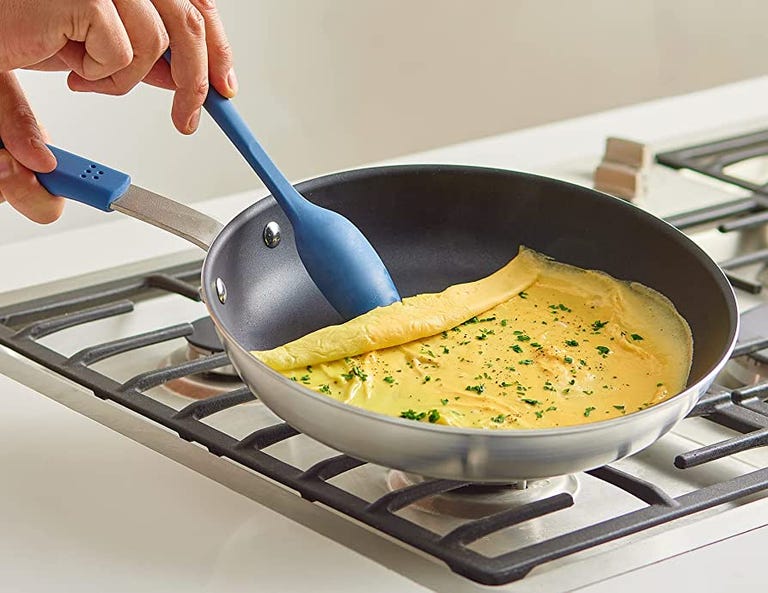
Credit: www.cnet.com
Skillets Vs Woks Vs Deep Fryers
Are you eager to master the art of frying? Choosing the right cookware is key. Let’s dive into the world of skillets, woks, and deep fryers. Each has unique traits that make frying a breeze. Find out which suits your culinary style the best.
Skillet Showdown
Skillets are versatile kitchen stars. They come in various materials like cast iron, stainless steel, and non-stick. Perfect for a quick sauté or a crispy chicken.
- Cast iron skillets retain heat well. They create an even cooking surface.
- Stainless steel options are durable. They offer a non-reactive cooking surface.
- Non-stick skillets promise easy cleanup. They need gentle care to maintain their surface.
Wok Wonders
Woks are deep, rounded pans. They excel at stir-frying and steaming. Their shape allows for easy tossing of ingredients.
| Material | Benefit |
|---|---|
| Carbon steel | Heats quickly and evenly |
| Cast iron | Holds heat for consistent temperature |
Woks work well with high heat. They need seasoning to develop a natural non-stick layer.
Deep Fryer Details
Deep fryers are specialized for submerging foods in hot oil. They ensure even cooking and a perfect golden crust.
- Select a fryer with an adjustable thermostat. It helps control the oil temperature.
- Look for models with a built-in timer. It helps prevent overcooking.
- Choose a fryer with a filtration system. It keeps oil cleaner for longer use.
Deep fryers offer convenience. They have safety features to prevent oil splatters and burns.
Handle With Care
Handle With Care: When frying, a solid grip on your cookware is crucial. It ensures safety and control. Let’s explore the features that make cookware handles a cut above the rest.
Ergonomic Grip Considerations
The design of a handle affects comfort and control. An ergonomic grip fits naturally in your hand. This makes stirring and flipping food easier. Look for handles with contours and non-slip materials.
- Contoured handles: They conform to your hand’s shape.
- Soft-touch materials: They provide a non-slip surface.
- Balanced weight: It helps in maneuvering the pan with ease.
Heat Resistance And Safety
Handles must resist high temperatures. They should stay cool while cooking. Materials like silicone and stainless steel are common. They prevent burns and accidents.
| Material | Heat Resistance | Safety Feature |
|---|---|---|
| Silicone | High | Stays cool |
| Stainless Steel | Varies | Often hollow to reduce heat transfer |
Secure attachment of the handle is also key. It ensures the handle stays on the pan. Riveted or welded handles are common and reliable.
Size And Shape Considerations
Choosing the right cookware for frying is crucial. The size and shape matter a lot. They affect how your food cooks and tastes. Let’s dive into what you need to know.
Compact Cooking
Small pans are great for single servings. They heat up fast. This means your food cooks quickly. But, they can only cook a little food at a time. Perfect for snacks or meals for one. Remember, too much food in a small pan leads to uneven cooking.
- Skillets around 8-10 inches are ideal.
- Look for non-stick surfaces for easy flipping.
Family-sized Frying
For bigger meals, you need bigger cookware. Large pans distribute heat differently. They cook more food evenly. This is great for family dinners or meal prep. A 12-14 inch skillet or a deep fryer works well.
- Choose pans with deep sides to avoid spills.
- Wider bases help cook food evenly.
Remember, the right size and shape make a big difference. They ensure your food turns out just how you like it. Happy cooking!
Maintenance And Durability
Maintenance and Durability are key for the best cookware for frying. Good care means your pots and pans last longer. This saves money and keeps them looking new. Let’s dive into how to keep them in top shape.
Cleaning Tips
- Use warm soapy water to clean after every use.
- Dry with a soft cloth to avoid water spots.
- For tough stains, use a paste of baking soda and water. Apply, let sit, then scrub gently.
- Never use steel wool on non-stick surfaces.
Longevity Hacks
- Store cookware with paper towels between them. This prevents scratches.
- Use wooden or silicone utensils to keep surfaces scratch-free.
- Avoid sudden temperature changes. It can warp the metal.
- Season cast iron regularly to maintain its non-stick surface.
| Cookware Type | Maintenance Level | Durability |
|---|---|---|
| Stainless Steel | Medium | High |
| Cast Iron | High | Very High |
| Non-Stick | Low | Medium |
Remember, good maintenance keeps your cookware ready for any recipe. It also makes frying fun and easy. Treat your cookware well, and it will serve you delicious meals for years.
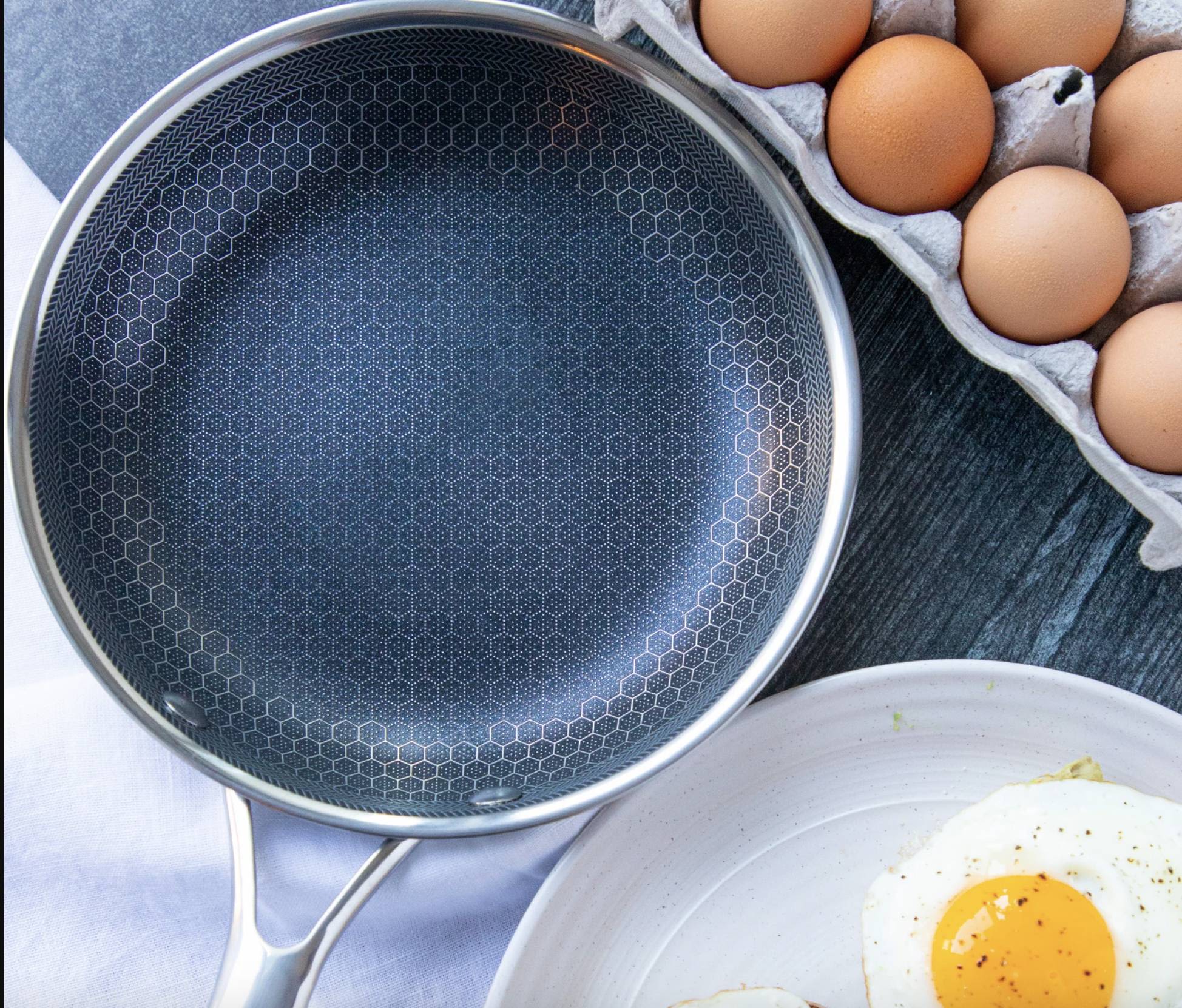
Credit: www.cnn.com
Price Vs. Performance
When it comes to frying, the right cookware can make all the difference. But with so many options, choosing can be tough. Price and performance often go hand-in-hand, yet that doesn’t mean you have to empty your wallet for quality. Let’s explore both budget-friendly and premium cookware options.
Budget-friendly Finds
High cost does not always mean high quality. Several affordable cookware options deliver excellent results. Cast iron skillets, for instance, are cost-effective and durable. They heat evenly and maintain high temperatures well. Aluminum non-stick pans are another choice for cooks on a budget. They’re lightweight and easy to handle. Look for ones with a strong, scratch-resistant coating.
- Cast Iron Skillets: Affordable, durable, even heating.
- Aluminum Non-Stick Pans: Lightweight, scratch-resistant, easy to clean.
Investing In Premium Pieces
Investing in premium cookware can be worthwhile. Stainless steel and copper pans excel in heat control. They also last for years. High-end non-stick pans use advanced coatings that are safer and longer-lasting. While more expensive, these pieces can be a smart investment for serious home chefs.
| Material | Benefits |
|---|---|
| Stainless Steel | Great heat control, durable, versatile. |
| Copper | Excellent heat conductor, timeless. |
| Advanced Non-Stick | Long-lasting, safer coatings, easy release. |
Where To Buy
Finding the perfect cookware for frying can be daunting. Yet, the right place makes all the difference. Whether online or in-store, options abound. Let’s explore the best ways to buy.
Online Shopping Tips
- Compare prices on different websites.
- Read customer reviews carefully.
- Look for free shipping offers.
- Check return policies before buying.
Use filters to find the best deals. Trustworthy brands often have online sales. Sign up for newsletters for discounts.
Retail Store Strategies
- Visit kitchen supply stores for quality options.
- Ask staff for recommendations and deals.
- Touch and feel the cookware for the right weight and comfort.
- Look for in-store exclusives or promotions.
Local stores might price match online deals. Check store flyers for upcoming sales. Loyalty programs can offer extra savings.
Conclusion: Frying With Finesse
Frying is both an art and a science, with the right cookware being the artist’s brush. It’s essential to choose pieces that not only withstand high temperatures but also distribute heat evenly. This ensures perfectly fried foods every time, whether you’re a home cook or a professional chef.
Key Takeaways
- Material matters: Cast iron, stainless steel, and non-stick pans excel in frying.
- Even heat distribution is key for consistent results.
- Proper care extends your cookware’s life.
Encouragement To Experiment
Don’t be afraid to try new cookware and techniques. Each pan has unique qualities that can enhance different recipes. Experimenting leads to discovering your favorite tools for frying with finesse.
:max_bytes(150000):strip_icc()/Best-Stainless-Steel-Skillets-Tested-Social-542a6e097e634300b8cbfe75230f7a1b.jpg)
Credit: www.foodandwine.com
Frequently Asked Questions
Which Cookware Is Best For Frying?
Cast iron cookware is ideal for frying due to its superior heat retention and even cooking capabilities. Stainless steel and non-stick pans are also popular choices for their durability and ease of use.
What Is The Best Frying Pan Made Out Of?
The best frying pans are typically made from materials like stainless steel, cast iron, or non-stick coatings for durability and even heat distribution.
What Is The #1 Rated Cookware?
The #1 rated cookware varies by reviews and expert opinions, but All-Clad often tops the charts for quality and performance.
Is Cast Iron Or Stainless Steel Better For Frying?
Cast iron is ideal for frying due to its superior heat retention and even cooking. Stainless steel, while durable, may not distribute heat as evenly.
Conclusion
Selecting the right cookware for frying can elevate your cooking game. Quality, durability, and material are key. Whether you opt for non-stick, stainless steel, or cast iron, remember your needs and safety. Embrace these tips to master the art of frying and savor the delicious results.
Happy cooking!

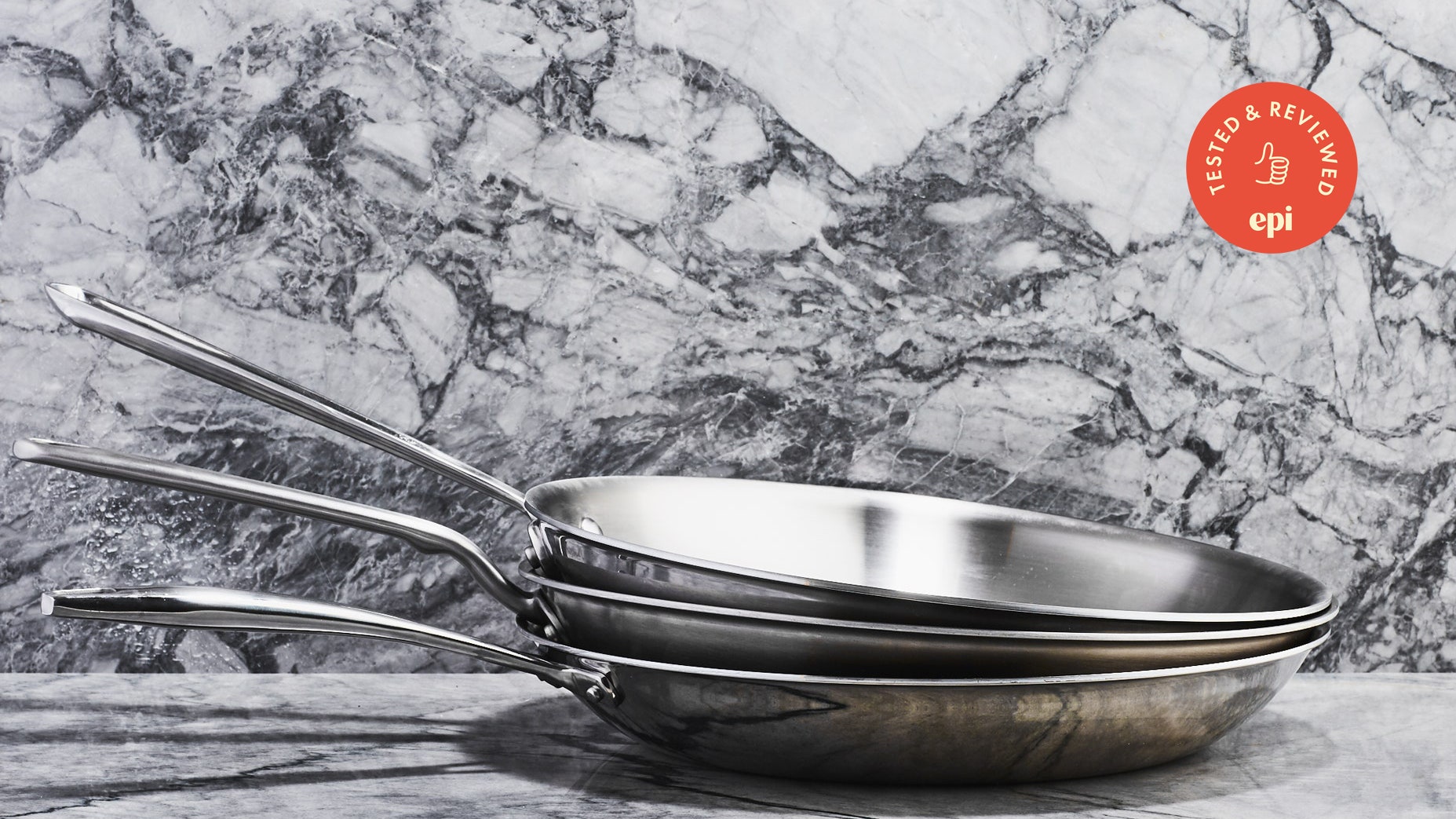
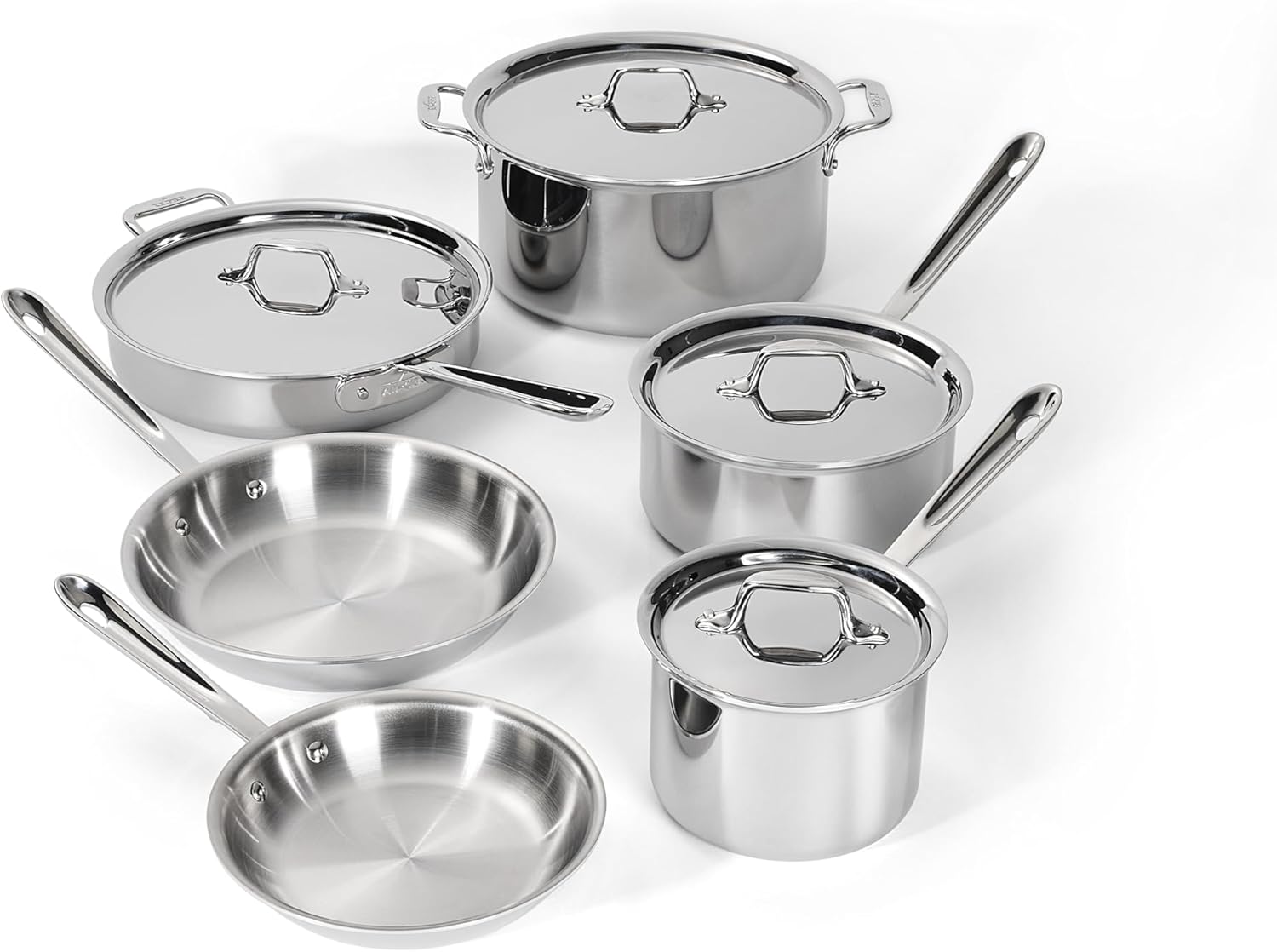
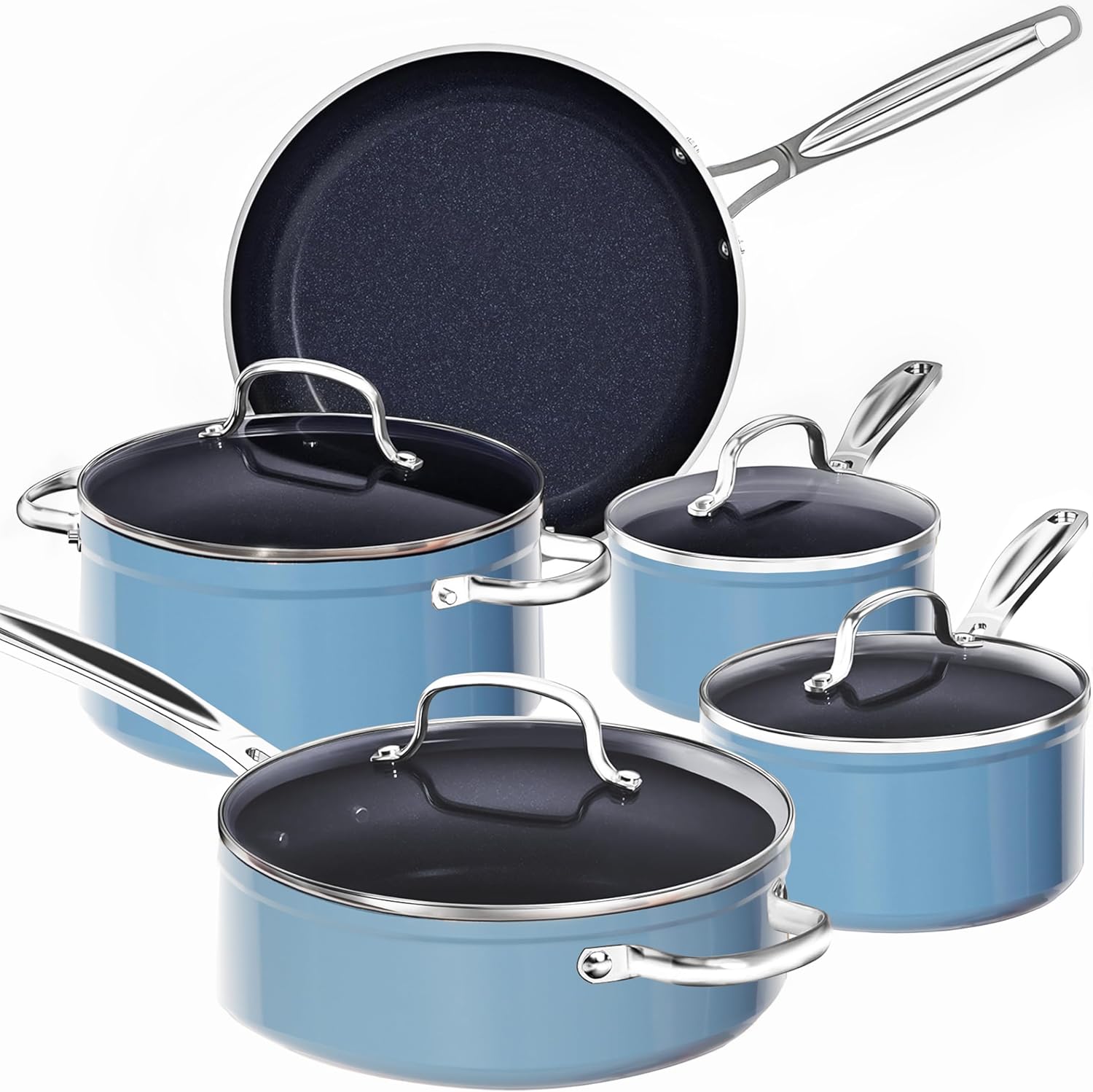

Leave a Reply